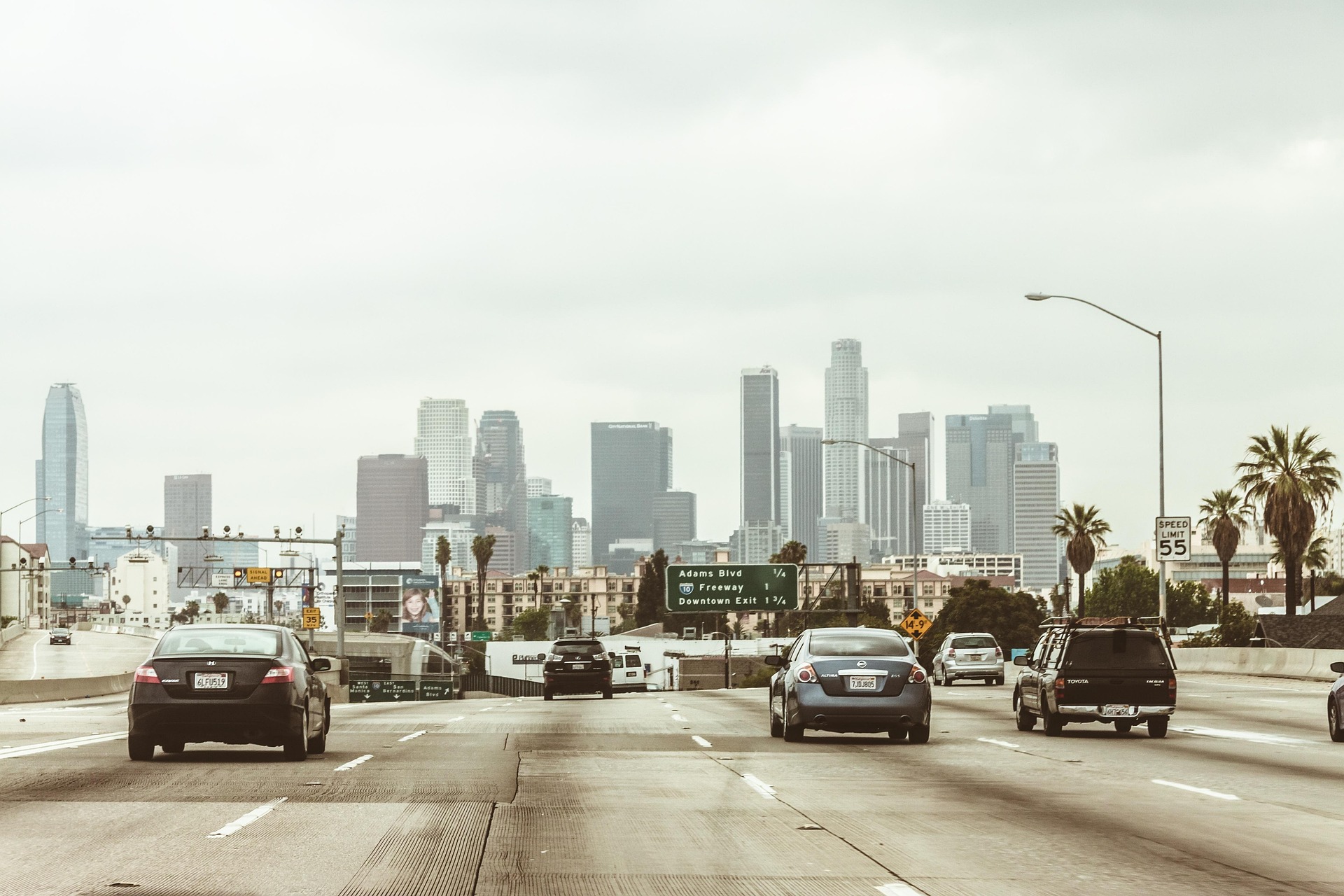Traffic Congestion: A Symphony of Commotion and Innovation
Picture yourself stuck in an unending stream of vehicles and the cacophony of displeased drivers. This illustration isn't merely a nightmare, but a reality for urban residents. Traffic congestion emerges as an overlooked area within the automotive landscape, offering intrinsic opportunities for technological advancements.
Chaos on Wheels: Unmasking Traffic Congestion
The origin of traffic congestion is deep-rooted in our evolution into dense urban areas. The dramatic increase in personal automobiles and population growth ignited the urban scourge known as traffic congestion. Initially, congestion was restricted to larger cities, but it soon creeped into developing towns, turning unobstructed landscapes into jam-packed concrete jungles.
Historically, traffic management relied on basic signals, local law enforcement, and instinct of drivers. However, the increasing complexity of urban layout instigated a need for an elevated approach to tackle congestion - thereby, fueling technological adaptations.
Unspooling Innovations: Guiding the Urban Pandemonium
As the traffic chaos spiraled, technology’s intervention provided the much-needed respite. Real-time traffic information, primarily sourced from GPS and crowdsourcing, revolutionized the way drivers navigated the urban labyrinth. Simultaneously, the advent of AI-powered traffic management systems aimed to optimize signal patterns and traffic flow, bearing testament to the boundless potential of technology in traffic management.
The Domino Effect: Traffic Congestion and Its Impacts
The implications of traffic congestion extend beyond the frustrations of urban commuting. Vehicle idling in traffic significantly contributes to greenhouse gas emissions, fostering an unhealthy environment. Also, wasted hours in traffic lead to economic loss by reducing productivity.
The technological solutions not only mitigate these adverse impacts but also enhance commuter experience. Implementing sophisticated traffic management systems can streamline traffic flow, curb pollution, and capitalize productivity hours, thereby cementing their essential role in urban landscapes.
The Road Ahead: Challenges and Expectations
The journey towards seamless commuting isn’t without bumps. Technical glitches, cybersecurity threats, and need for infrastructure overhaul pose formidable challenges. Moreover, a shift from personal vehicles to public and shared transport is crucial to witness substantial results.
Nonetheless, the onus also falls on us, the commuters. Adapting to technology, adhering to regulations, and sensibly contributing to traffic flow can spur the changes we seek.
Traffic: A Parable of Innovation
Traffic congestion, a scorned facet of our lives, breathes life into innovative solutions that intertwire technology and commuting. In our pursuit of a seamless urban landscape, traffic stands not merely as a problem but as a catalyst driving us forward to smarter commuting solutions.
In essence, every honk and bumper standstill spins a tale of growth, echoing human resilience and technological prowess. Indeed, traffic congestion is not just a symphony of commotion but also of innovation.





